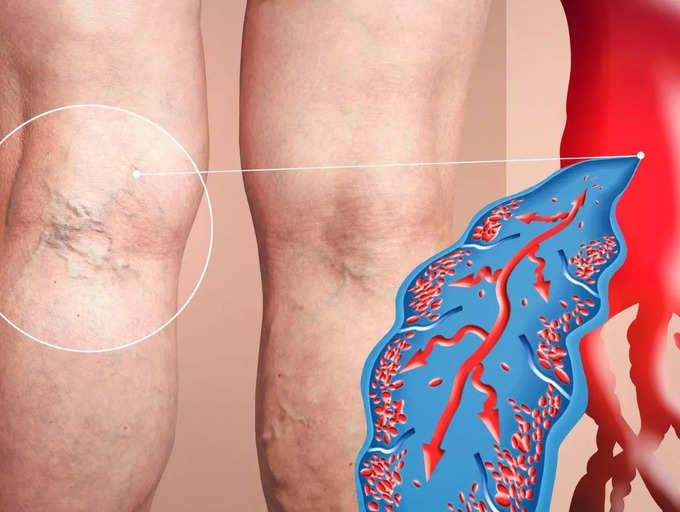
A blood clot in a deep vein can cause severe pain, swelling and numbness in the affected part of the body
Deep vein thrombus can cause deep leg pain, swelling or bruising, and can occur without any symptoms at all.
Deep vein thrombus can be dangerous because deep vein thrombus can actually travel through the bloodstream and lodge in the lungs, obstructing blood flow. Pulmonary embolism can cause serious leg pain, swelling and redness, while thrombus in the lungs can result in breathing difficulties or even death. Thrombus in the lungs can also block off the airway, and a person could pass away within hours of experiencing the symptoms that occur after a thrombus develops in their veins. Thrombosed hemorrhoids can be extremely painful to the touch, and they also require urgent medical attention.
If you are experiencing any of the symptoms associated with blood clot that has developed in a deep vein of your leg, it is best to seek immediate medical attention. Blood clotting times can be variable and a clot may not have developed for many hours, or even days, after your initial symptom occurs.
In order to determine if you are having a blood clot, the doctor will need to do an ultrasound on your legs. You should be able to see the veins from a good distance. This will allow the doctor to be able to determine if you are indeed having a clot in a deep vein. If a blood clot develops, it will then be removed using a high-pressure needle. It is important to remember that blood clots should not be ignored as they can have serious implications on your health.
Leg cramps may be present due to this procedure, and this could become more severe over time. If left untreated, a clot in the deep vein may begin to weaken your vein walls, causing them to bleed and form large lumps.
The clot is then removed and stitches will then be placed on the veins to help keep them open. Your blood pressure will be monitored carefully while the clot is removed. You may need to stay overnight in the hospital, so your circulation will be monitored closely.

While waiting to be discharged home, you should avoid taking strong, aspirin or ibuprofen products. If you do take these, take them with a large amount of water to help prevent further bleeding and keep your blood pressure normal. When you are discharged from the hospital, you should wear a thick stocking to absorb the fluids that will be absorbed into your skin.
If you are experiencing any other symptoms while you are waiting to be discharged from the hospital, contact your physician as soon as possible. If you have been diagnosed with a blood clot, always remember that blood clots can be life threatening.
If you experience a severe pain in your leg after your blood clot is removed, call your doctor immediately. Your physician will tell you whether or not you require surgery.
If you are experiencing any pain after you have undergone surgery to remove a blood clot in your leg, you should contact your physician immediately as the clot may have caused permanent damage to the tissues and muscles that surround your leg. These can cause severe permanent injury to your leg.
You should not exercise too much until your leg is completely recovered
Your doctor will be able to advise you on the best way to exercise to relieve pain in your leg. If you are on any blood thinners or medications, you may be advised to avoid strenuous activities for several days.
When you are released from the hospital, it is important to ensure that you do not wear any tight fitting garments while you are waiting for the clot to fall out. This can increase the risk of blood clotting.